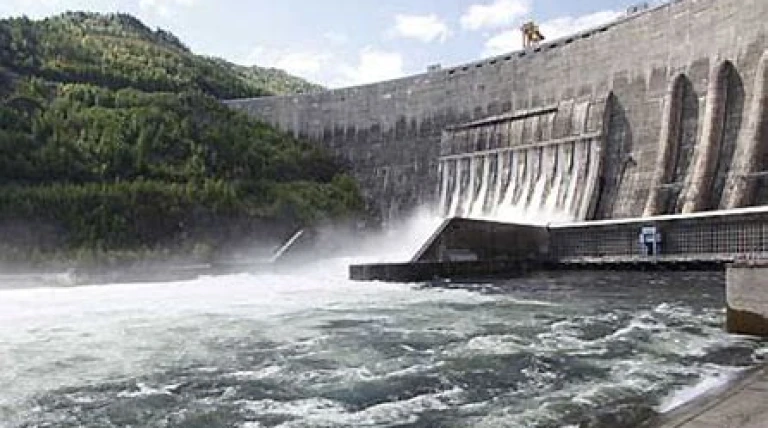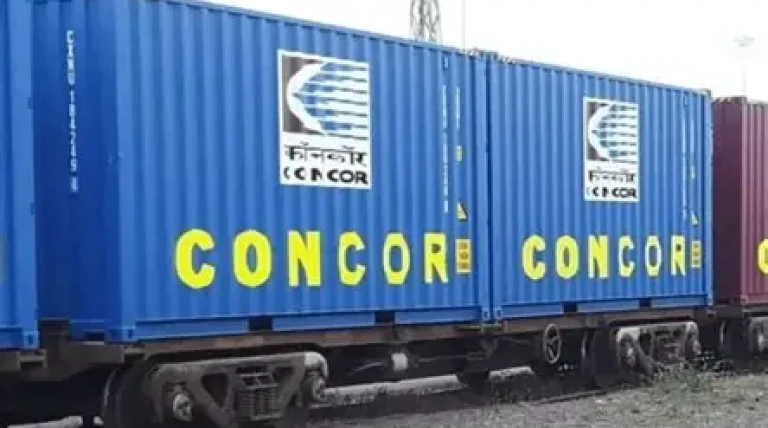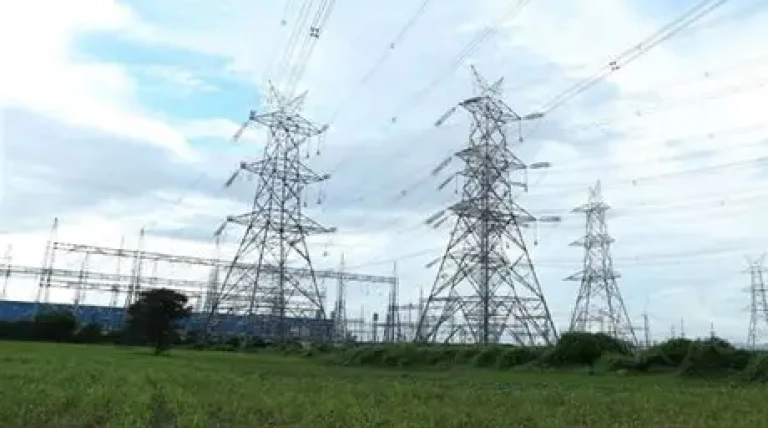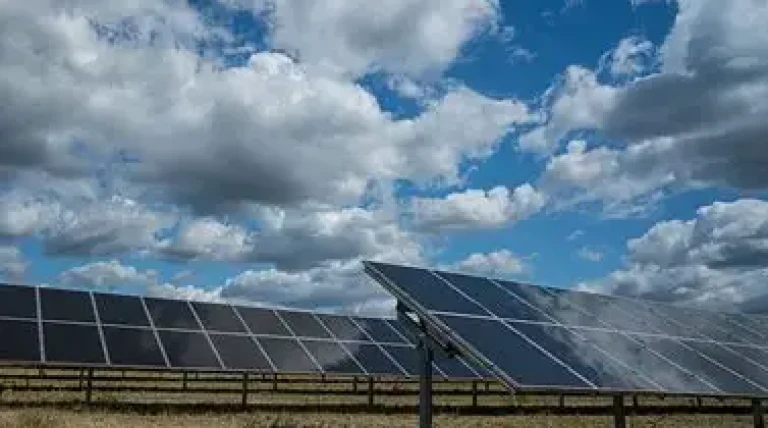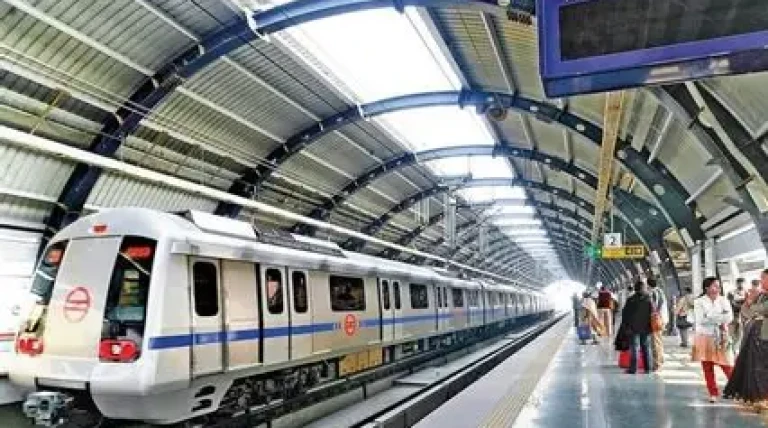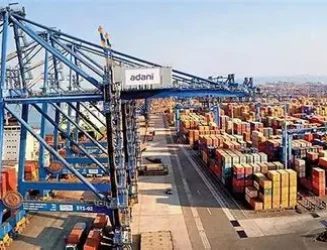India is accelerating hydropower development on the Indus, Jhelum, and Chenab rivers—key waterways that flow into Pakistan. Through NHPC, the central government aims to revive several stalled or delayed projects, including Sawalkot (1,856 MW), Ratle (850 MW), Kiru (624 MW), and Pakal Dul (1,000 MW).
The Chenab river offers the highest potential, accounting for 14 GW of the 18.21 GW identified hydro capacity across these rivers. Construction is underway at Ratle, while Sawalkot's detailed project report is complete but awaiting implementation.
A government official noted that “the matter is currently under discussion, and modalities are being worked out.” Operational hydropower capacity in Jammu & Kashmir already exceeds 3.3 GW, with 2.56 GW under construction and 12.25 GW in various stages of planning.
Storage capacity remains limited—Pakal Dul will add 0.09 million acre-feet (maf), with other upcoming projects contributing a combined 2.23 maf. This push follows the suspension of the 1960 Indus Waters Treaty, which had capped India’s water storage on these rivers at 3.6 maf. With the treaty on hold, India is now free to pursue flood control and larger storage infrastructure without previous constraints.
News by Rahul Yelligetti.
![{[setting('site_name')]}](https://www.projxnews.com/uploads/setting/16983847711140531930.webp)
